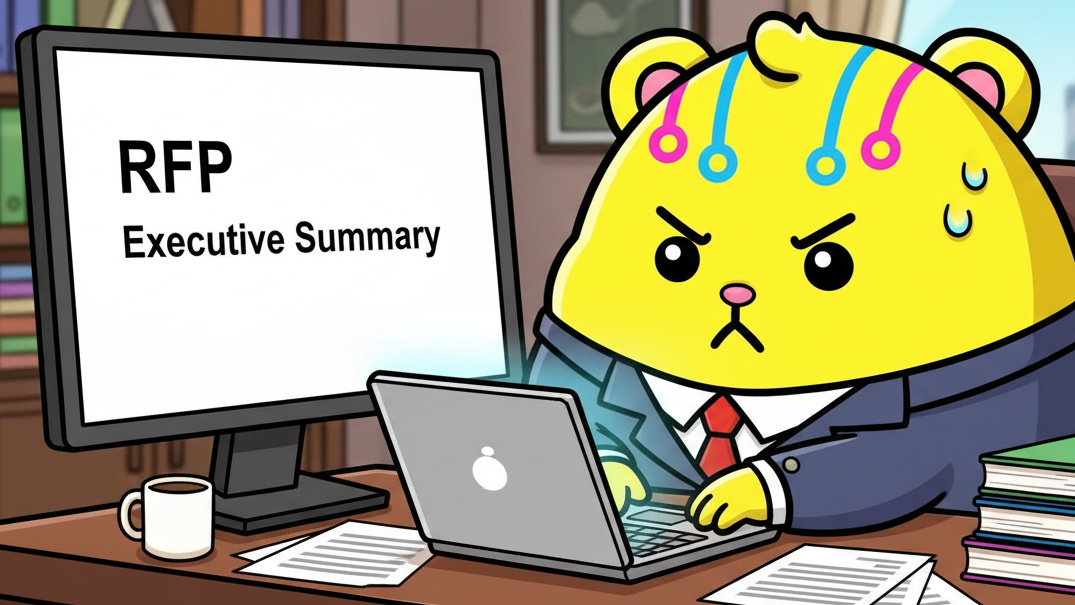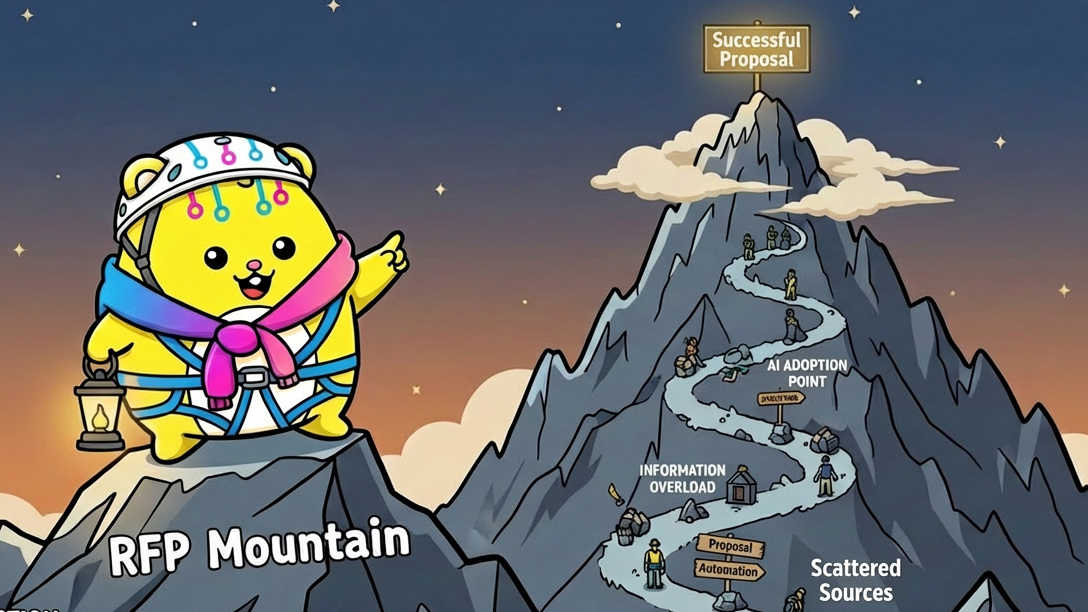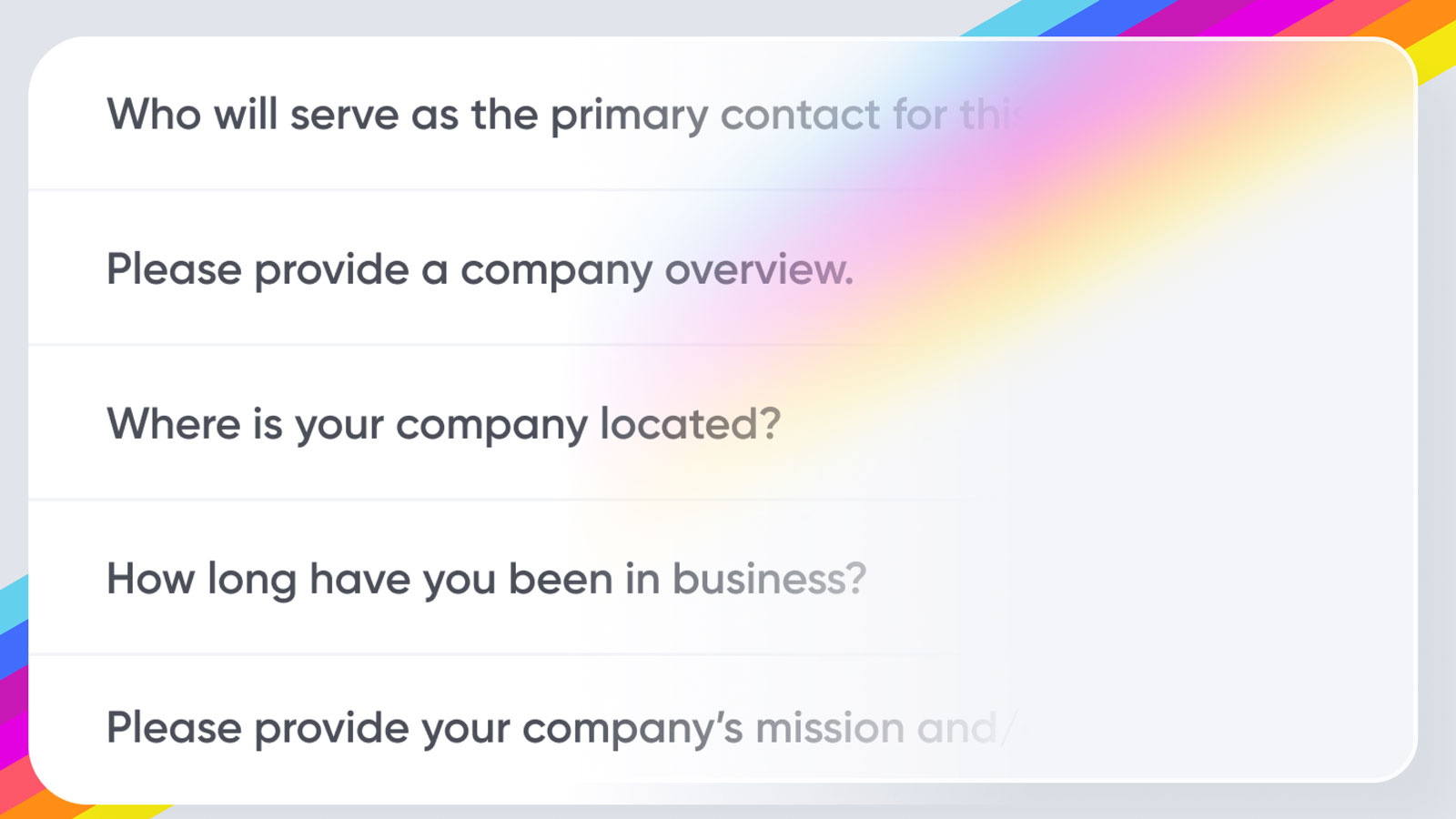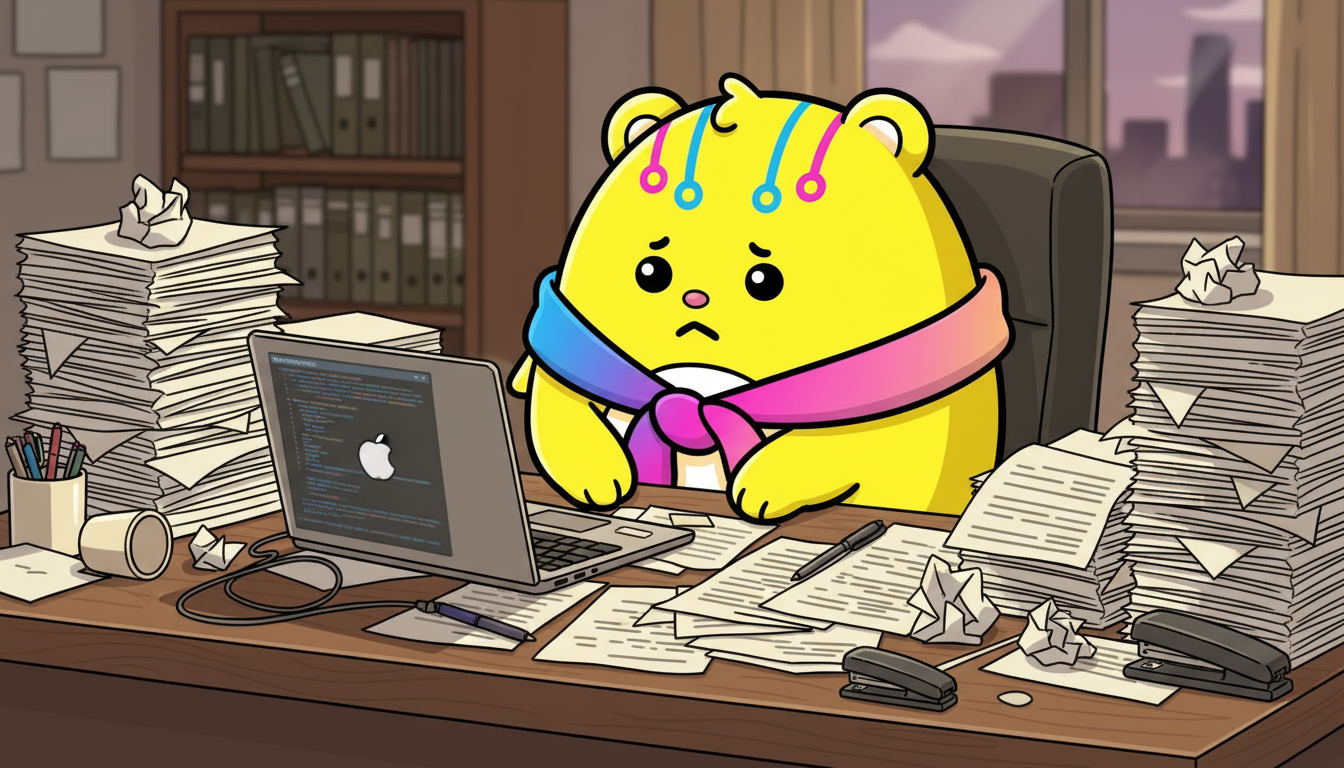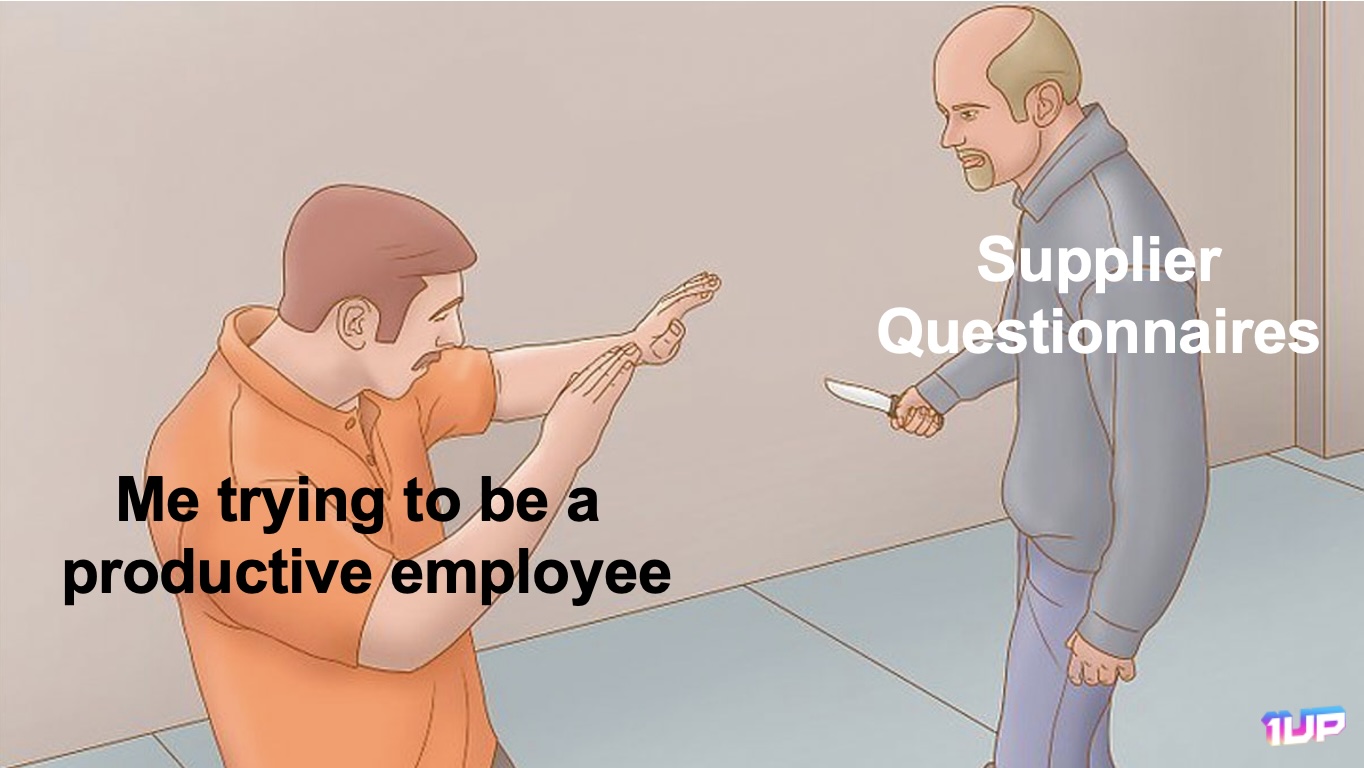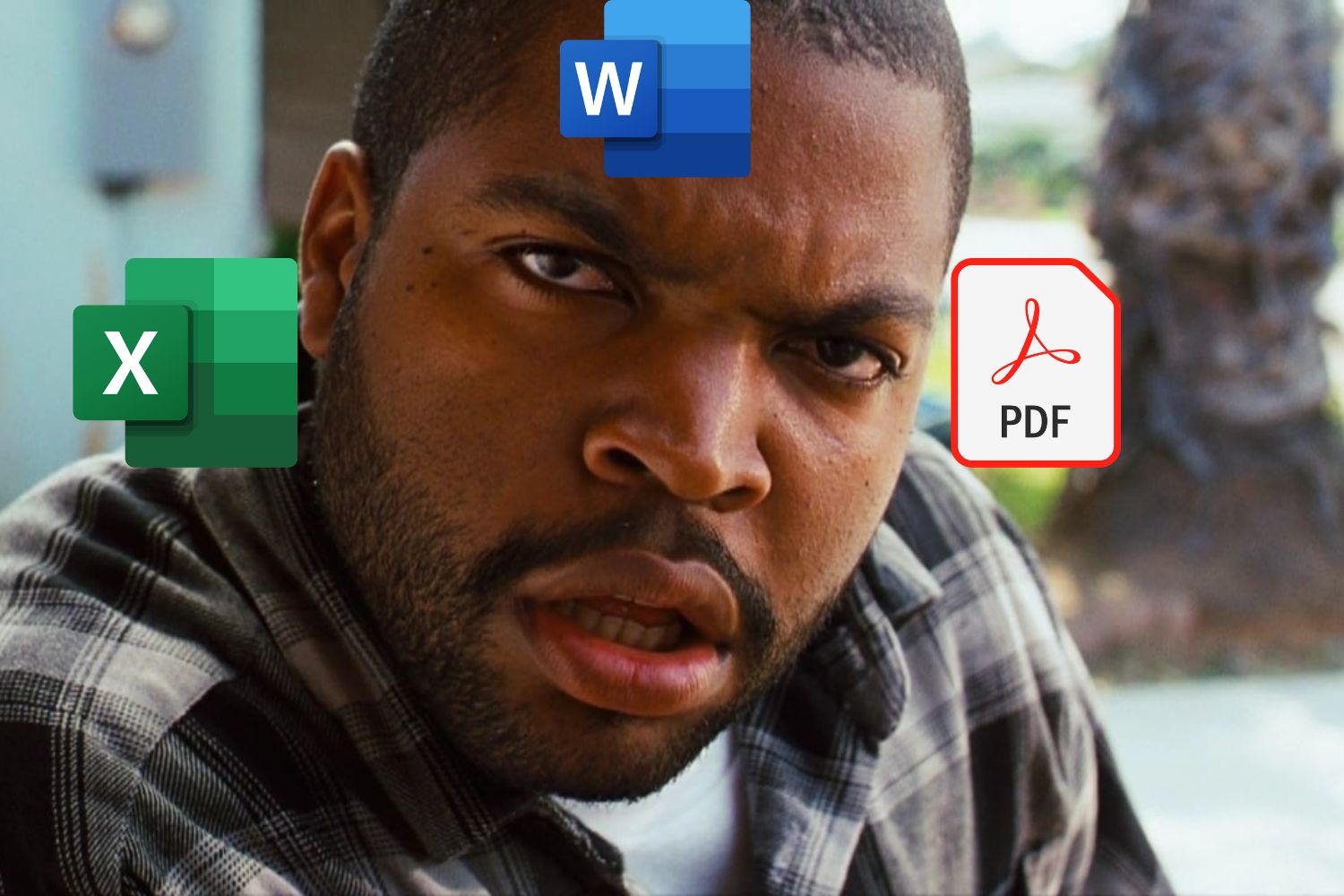RFPs are critical to your business. They come in, you’ve got to respond to them. And, yes, it takes hours or days out of your time.
Even if you have a knowledge base, it’s probably a pain to dig through.
It’s probably filled with:
- Outdated responses
- Scattered company files
- Fragmented product documentation
Your sales reps are probably confused and floundering when looking for the information they need to complete a questionnaire.
So what do they do?
They interrupt their colleagues, take time away from sales engineers, and spend hours searching through files.
And the sales process comes to a grinding halt.
If this sounds familiar, it’s time to automate answers with an RFP response database.
Key Takeaways
- When you centralize internal knowledge with an AI-driven library, your team can generate high-quality responses faster, so they can focus on selling.
- AI can be unpredictable, so normalizing your best RFPs ensures the AI learns from consistent, on-brand content. This leads to more predictable outputs.
- Use an RFP response automation tool that gives you full control over your data sources, so you’ll get fast, accurate responses with minimal effort.
What is an RFP Content Library?
An RFP response library is a centralized repository of pre-approved answers and documents you can use to respond to questionnaires.
More recently, such a database is paired with Large Language Models (LLMs) to automatically complete your RFPs for you.
Yes, that means you don’t have to spend as much time filling out those RFPs. With a strong proposal response library, can cut this process down by 90%.
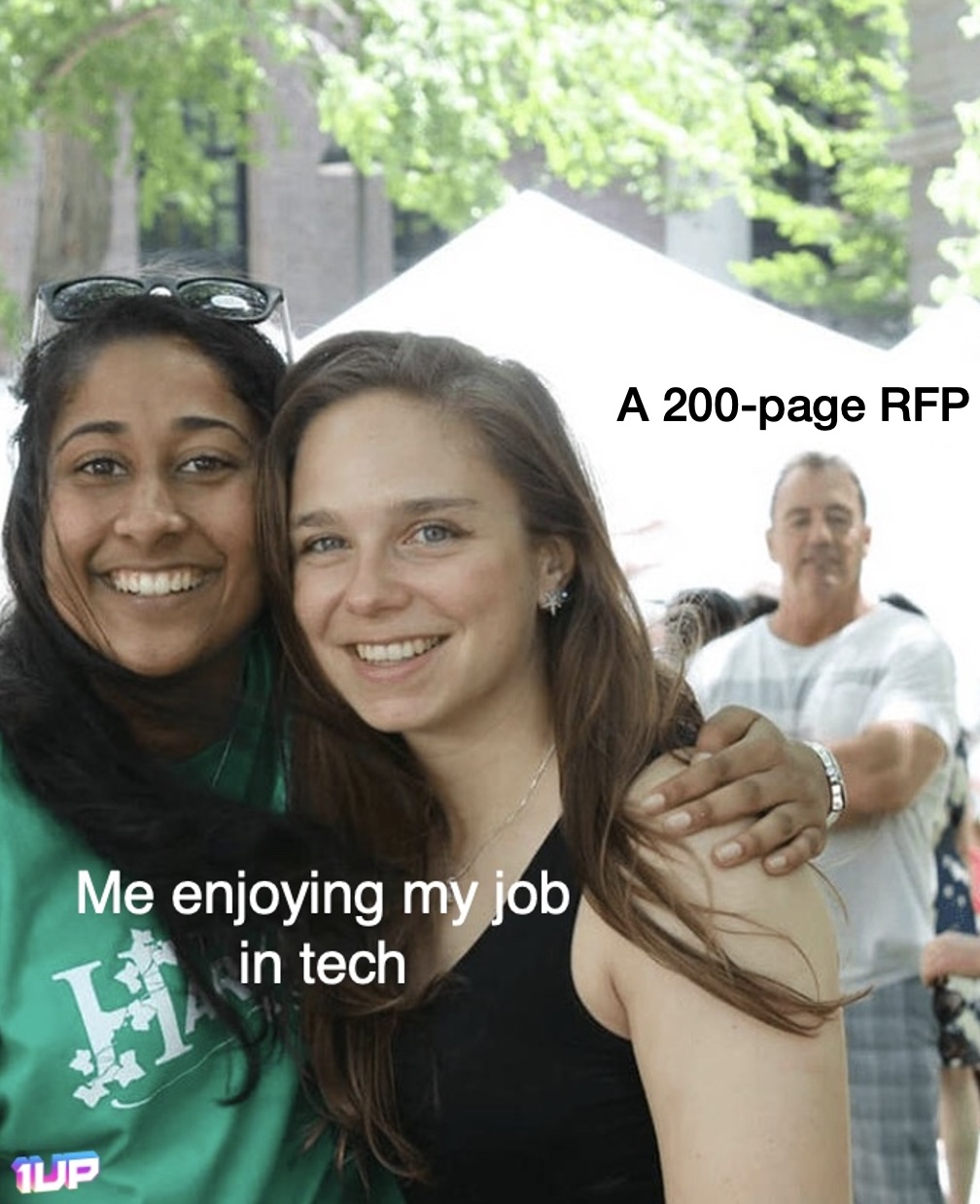
Common data sources used in an RFP content library include:
- Previously completed RFPs, DDQs, and security questionnaires
- Product and API documentation
- Sales and marketing collateral
- Internal company documents (financial reports, etc)
The type of information can vary based on industry. Using an LLM-powered RFP agent gives you control over which sources get used. Then, you can exclude all irrelevant information, so when you need a new RFP completed, the LLM will generate responses using only from the documents you provide.
Marrying an RFP response library with AI eliminates the need for your sales team to mine your files for information and then craft responses.
It also enables you to use past responses to recreate your style, tone, and context with every new RFP. And each time you complete a new response, the LLM will take that in as new information.
This constant learning loop ensures your AI-generated answers become more predictable and consistent over time.
How the RFP Database has Evolved
Gone are the days of storing a Google Sheet with hundreds of Q&A pairs. If you’re still doing this, you’re not alone – but methods have changed as automation has become the centerpiece of RFP responses.
Here are just a few of the ways that RFP databases have evolved:
| RFP Databases Before AI | RFB Databases Today |
| You would have lists of Q&A responses stored in tools like Loopio, Responsive, and Google Drive. | Multi-format files including from PDF, Docx, HTML, Excel, and many more formats stored in AI knowledge bases like 1up, Claude, and Rohirrim. |
| Your files needed to be carefully structured. | Unstructured files are pulled in and analyzed automatically. Data does not need to be sanitized in any particular format. |
| Webpages were rarely used, if at all. | Webpages are a key source of information, crawled regularly and frequently. |
| You had to search, choose, and re-write answers. | Tools auto-generate answers and suggest previous responses for you to use. |
| Maintaining large answer libraries was painful. Keeping them up-to-date was even worse. | Your answer library is automatically refreshed, as human interaction trains the LLM in real-time. |
As you can see, the biggest difference is that today’s response database is centered around AI-driven learning and automation. This post will focus on building a strong library with that in mind.
So, how do you build your own RFP response library to train an AI?
Follow these three steps:
Step 1: Compile Your Responses
Okay, you’ve already done this before. Probably multiple times. You may have even perfected the process, even if it still takes forever to get a new one done.
The first step to building an automated library is to pull 5 to 10 of your favorite previous completed questionnaires.
Tip: You do NOT need many to train your AI. Less is more.
Pick your favorite previous response, the ones you feel most closely align with your company values. Definitely want to choose the documents that have the most recent answers.
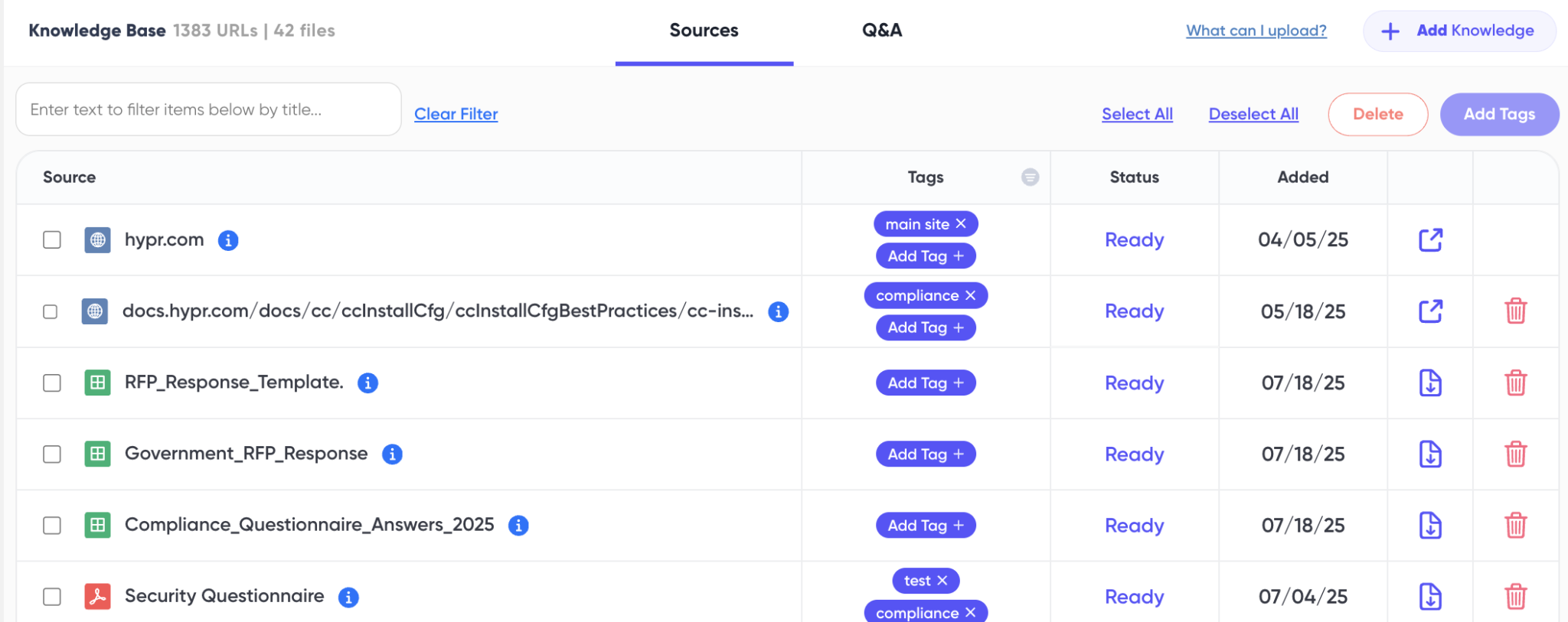
What you don’t want to do is dig too deep for old responses. Those outdated answers will pollute your good work and throw off the LLM’s ability to generate good answers.
Also, do not waste any time converting your policy documents into Q&A formats. It’s a waste because any good RFP automation tool will auto-ingest all the information it needs, regardless of the format.
Here’s what you ABSOLUTELY MUST pull into your library:
- Previously completed questionnaires: Security Q’s, Compliance Qs, maybe even financial DDQs, anything that helps build an answer library.
- Product documentation: API docs, webpages, product sheets, any source of truth that gives an overview of your products.
- Security and compliance docs: Materials like your ISO report, SOC2 audits, pentest reports etc. All of these play a crucial role in generating responses.
Here are the items that are NICE TO HAVE in your library:
- Policy documents: SOPs, operations manuals, sales process guides, you name it. This stuff WILL come into play for RFPs but it’s not a necessity.
- Marketing assets: These can help answer questions, but you run the risk of making responses to “fluffy.” After all, marketing speak isn’t what you want in an RFP response.
TLDR: To give your AI the best chance of success, you want to have a mix of documents, webpages, and Q&A.
Step 2: Create One Master Q&A Template
Got your favorite questionnaires ready to go? Great. Now, take some time to review those questionnaires and “normalize” them. This means you want to make them as uniform and accurate as possible. Remember, these are going to be training your LLM.
DO: Normalize answers into a standard Q&A format:
Question: Does your solution support Single Sign-On (SSO) integration with Microsoft Azure AD?
Answer: Yes, our platform supports SSO and integrates with Microsoft Azure Active Directory via SAML 2.0. We can also accommodate SCIM provisioning if required.
DON’T: Spend time creating elaborate content matrices like this:
| Field | Value |
| Category | Security / Authentication |
| Subcategory | Single Sign-On (SSO) |
| Question | Does the platform support SSO integration with Microsoft Azure AD? |
| Answer Summary | Yes, SSO is supported via SAML 2.0; SCIM provisioning is optional. |
| Protocols Supported | SAML 2.0, SCIM |
| Identity Provider | Microsoft Azure Active Directory |
| Support Level | Fully Supported |
| Last Updated | 2025-06-12 |
| Tags | SSO, Azure AD, Authentication, SAML, SCIM |
It looks clean and organized, but the problem with this approach is that while LLM’s are great at interpreting tables and structured data, this input format doesn’t align well with your desired output. This is how data can get lost in translation, and in some cases, ignored entirely.
If your intended output is an answer to a question, then the input should mimic that format.
Here’s what to consider when normalizing answers for your template:
- Keep your answers specific. Don’t go for long-winded responses that meander.
- Less is more. Text-based responses with clear information will perform better than more complex objects like tables and images.
- Remove customer names or PII. Tools like 1up automatically strip out that information, but you’ll feel better excluding it.
Separate your answers into products, use cases, and categories, and then create a single example template from there. Once you have your past responses lined up and normalized, you can create a single master template applicable to any type of RFP.
Upload your template example to your library or sync it with an integration. For example, here’s how 1up syncs Google Sheets with your RFP Responses.
Then, store all of your responses from that template in a Google Sheet.
When you create and store your responses in this way, you allow collaboration with your entire team. You also enable the database to sync with any other tools you’re using.
Step 3: Automate Answers with a Tool
With an RFP database in place, now you just need to put it to use. Automation makes this whole process faster and easier.
With your entire Knowledge Base centralized and an AI assistant ready to automatically respond to your questionnaires, your experience can look something like this:
Powered by your response library, the tool will automatically retrieve the date from your docs, webpages, sales assets, and more. So you know the answers are coming from accurate sources you trust.
The impact?
- You don’t need to search through files anymore. The AI tool knows right where to look.
- You stay in control of which data sources get used and when.
- Your team can collaborate and correct answers in real-time. The AI learns and improves from this.
- The AI proofreads for you, all you need to do is review for accuracy and add the human element.
This means your sales team can get back to what they do best: selling.
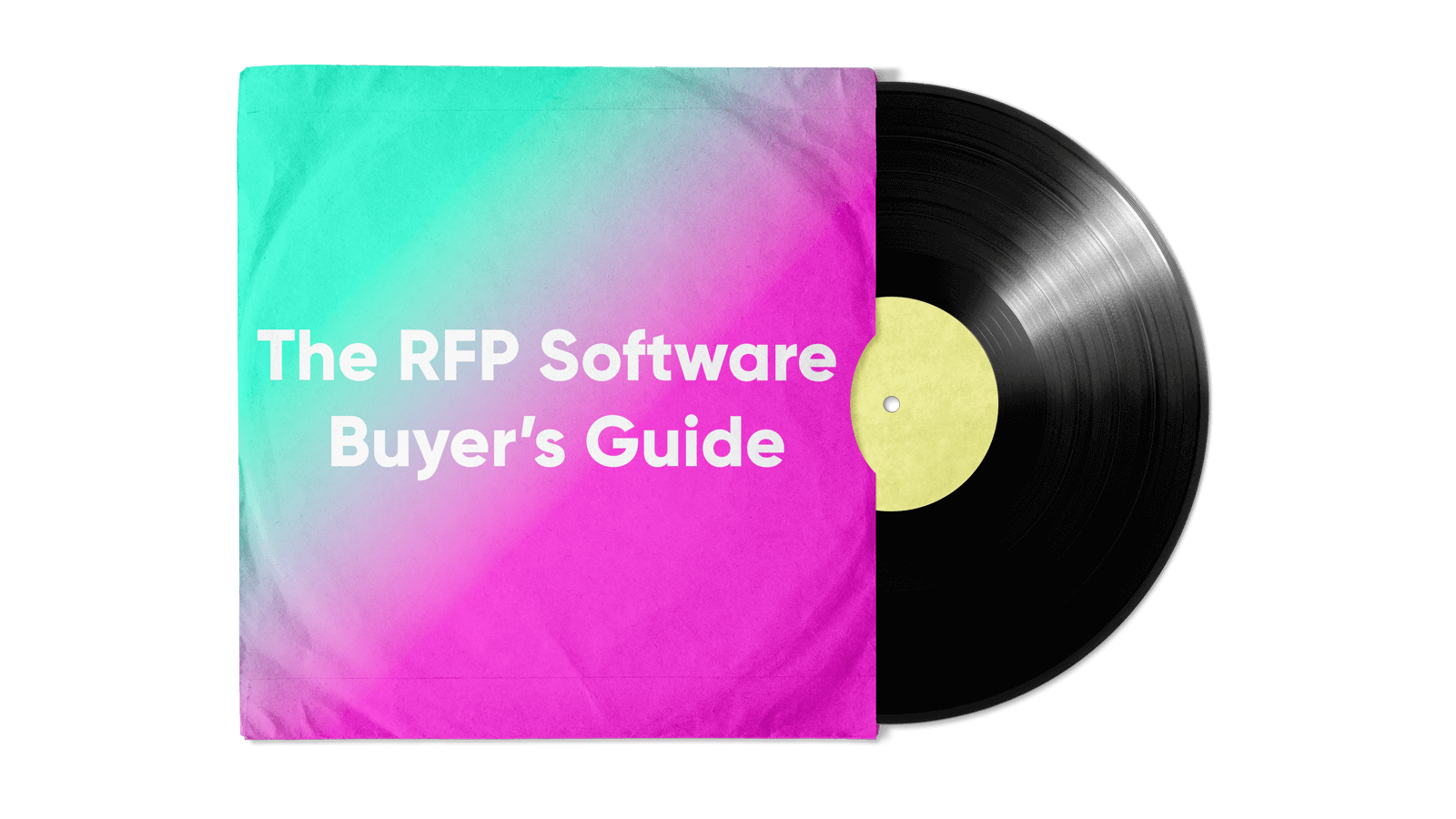
Need help choosing an RFP tool?
Check out our Buyer’s Guide for RFP Software.
Build Your RFP Response Library Today
It’s no longer a question of whether you should build an automated RFP response library. It’s the tool you should use.
So, make sure to choose an automated tool that will allow you to exclude all outside information and pull only from your internal docs. Find one that has a history of accuracy and no issues with hallucinations. And make sure the LLM is fast.
You should be able to speed up your response times by 10x.
Try out 1up for free to see how industry leaders like WalkMe (SAP), Deliveroo, and Varonis automate thousands of questionnaire responses.
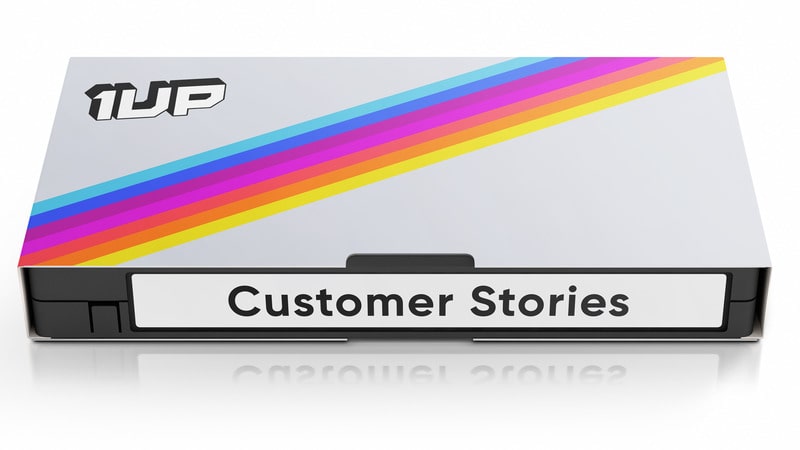

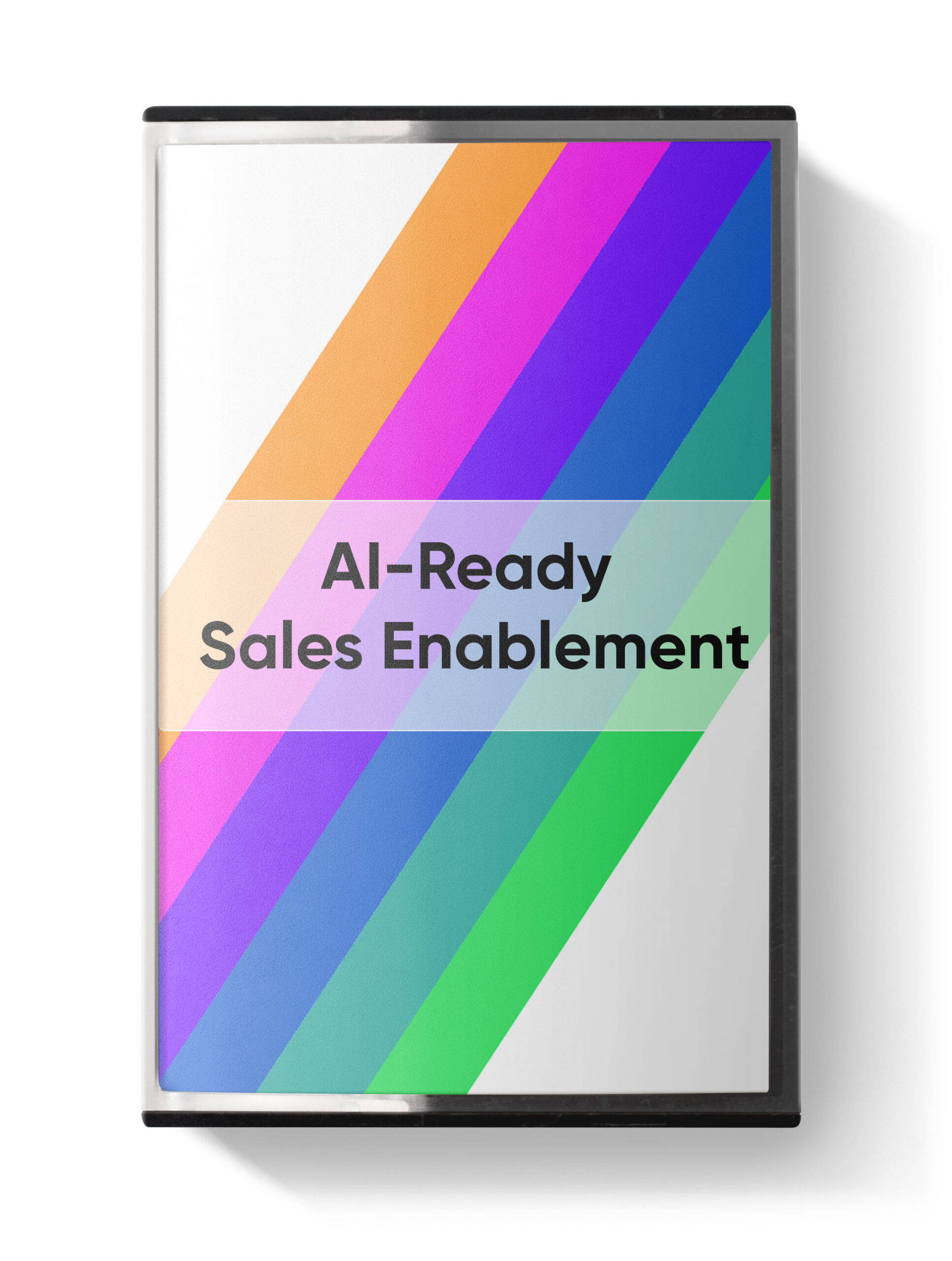
 Instagram
Instagram 



